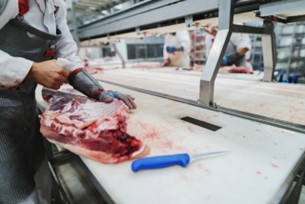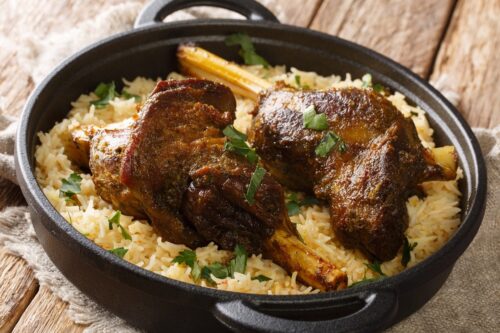Lamb is a flavorful and versatile meat that can elevate any meal with its rich taste and succulent texture. But with various cuts available, understanding the differences between them can be overwhelming. In this comprehensive guide, Superior Farms Denver explores the different cuts of lamb, their characteristics, and the best cooking methods for each.
Shoulder
The shoulder is one of the most flavorful and economical cuts of lamb. It contains a good amount of marbling and connective tissue, making it ideal for slow cooking methods such as braising, stewing, or roasting. Common cuts from the shoulder include shoulder chops, blade chops, and shoulder roast. When cooked low and slow, the shoulder becomes tender and juicy, making it perfect for hearty stews and comforting winter dishes.
Leg
The leg is perhaps the most iconic cut of lamb, prized for its lean and tender meat. It is versatile and can be prepared in various ways, including roasting, grilling, and braising. Leg of lamb roasts are a popular choice for special occasions and holidays, while leg steaks and chops are great for quick and easy meals. Because the leg is relatively lean, it benefits from being marinated or seasoned before cooking to add flavor and prevent it from drying out.
Loin
The loin is a premium cut of lamb known for its tenderness and mild flavor. It includes cuts such as loin chops and loin roast. Loin chops are best cooked quickly over high heat, such as grilling or pan-searing, to preserve their delicate texture and flavor. Loin roast is another excellent option for roasting or grilling and can be sliced into individual portions for serving.
Rack
A rack of lamb is also a premium cut and is unparalleled for its exciting presentation and delectable taste. Commonly, a rack of lamb will be “French cut,” meaning trimmed so that the rib bones are visible. This celebrated cut goes great on the grill, or two racks can be placed ribs up and tied together to form a circle like a crown, creating the famous lamb crown roast.
Shank
The shank is a tough and flavorful cut from the lower portion of the lamb’s legs. It is rich in connective tissue and collagen, making it ideal for slow cooking methods such as braising or stewing. Lamb shanks are often braised with aromatic vegetables, herbs, and spices until tender and falling off the bone. This results in a melt-in-your-mouth texture and a rich, hearty flavor that pairs well with creamy mashed potatoes or couscous.

Neck
The neck is a lesser-known cut of lamb that is highly flavorful and well-suited for slow cooking. It contains a significant amount of collagen, which breaks down during the cooking process, resulting in tender and succulent meat. Neck cuts such as neck fillet or neck chops are perfect for braising, stewing, or slow roasting. They absorb flavors well, making them ideal for hearty dishes such as curries, stews, and casseroles.
Conclusion
Understanding the different cuts of lamb is essential for selecting the right cut for your culinary needs and preferences. Whether you’re looking for a tender and mild loin chop or a rich and flavorful shank for braising, there’s a lamb cut to suit every taste and cooking method. By familiarizing yourself with the characteristics of each cut and how best to cook them, you can unlock the full potential of lamb and create delicious and memorable meals for family and friends.

